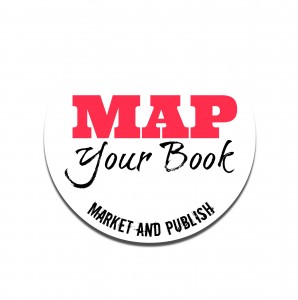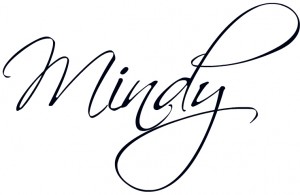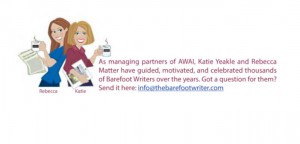A lot of advice in the book world centers around defining your reader base, including basic demographics and preferences and habits.
And that’s a brilliant move, provided you know who you’re talking to.
But what if you genuinely don’t have a clue? It happens more often than you think.
For example, let’s say you’re writing a nonfiction book for entrepreneurs. It’s all about finding and monetizing your passion. But with whom will that resonate most?
Middle-aged men jaded by their current jobs?
30-something women looking for balance between work and motherhood?
Retirees? College graduates? All of them?
Same thing if you’ve penned a paranormal romance about teen lovers who are actually hundreds of years old on their home planet. Who would love reading that most — the young adult crowd? Science fiction readers? Romance readers who favor the supernatural?
All of them?
My goal for this month is to cover some easy, no-stress ways to find your reader base. Today I’m going to show you how to use Amazon for your author research as a first step toward finding your ideal reader.
Step #1: Start with Books Similar to Yours
You’ve probably read something that inspired your writing, or maybe you even referenced another book in your writing.
Go to Amazon.com and look up the book. Scroll down to the area Amazon so kindly provides in its subtle marketing efforts (which are hugely useful for writer research), called “Customers Who Bought This Item Also Bought.” In some cases, there will also be a “Frequently Bought Together” section.
Thoroughly check out the suggestions. If the first round of suggestions are all other books by the author you just looked up, click the arrow enough times till you see other authors and books suggested.
Step #2: Or, Start with Books You Like to Read
Just in case you feel there is no book that’s anything like yours, you can take the same steps on Amazon by looking up books you like to read.
(But just know there probably is a book similar to yours somewhere out there … even if you wrote it better.)
It’s possible to get an idea of who’s in your reader base by targeting books you’ve read or want to read. Very few authors are a profound leap between what they read most often and what they write.
Step #3: Look at Authors Who’ve Written Similar Books
Once you have a list of authors based on the two steps above, look at their Amazon Author Pages. You can usually find this just by typing their names individually into the search box on Amazon, or by clicking a name if it’s hyperlinked on the author’s book page.
Once again, Amazon provides you with a terrific little summary to help your market research. You’ll find it by scrolling down on the Author Page till you see the orange copy on the left-hand column that says, “Customers Also Bought Items By.” Underneath, you’ll see names of authors who write books similar to the author you’re looking up.
Step #4: Study Your Competitors
After you have a nice list of authors comparable to your book topic, dig a little deeper into Amazon data. Here are some things to look for:
- Figure out what type of book is selling best among the authors on your list. Do they tend to write books as a series? Standalone novels? Co-authored nonfiction?
- Scroll through the comments under the ratings sections. Take these with a grain of salt, since they’re the opinions of individuals. But if you see a trend, such as most of the raters loving or hating something in particular, make a note of it.
- Look for frequency of publication. In some genres, the more often you publish, the more successful you’ll be (romance is one of these). In other genres, publish too often and you’ll overwhelm your readers.
- Consider the cover art. Are there trends among the covers of the books by these authors? Do they use copy on the cover? Illustrations? Head shots? Posed models? Consider matching the tone of these covers with the cover of your book, assuming there are obvious similarities and you want to appeal to the same buyers.
I’m sure there are other ways to mine Amazon for market research, so if you know of any I’ve missed, please list them below.
Other than that … enjoy exploring the data! Just don’t get sucked in by all the other shopping suggestions on the site (guilty here). Set a timer and commit to your author research for at least an hour.
To fulfilling reader research,








